How To Clean Drain With Vinegar And Baking Soda
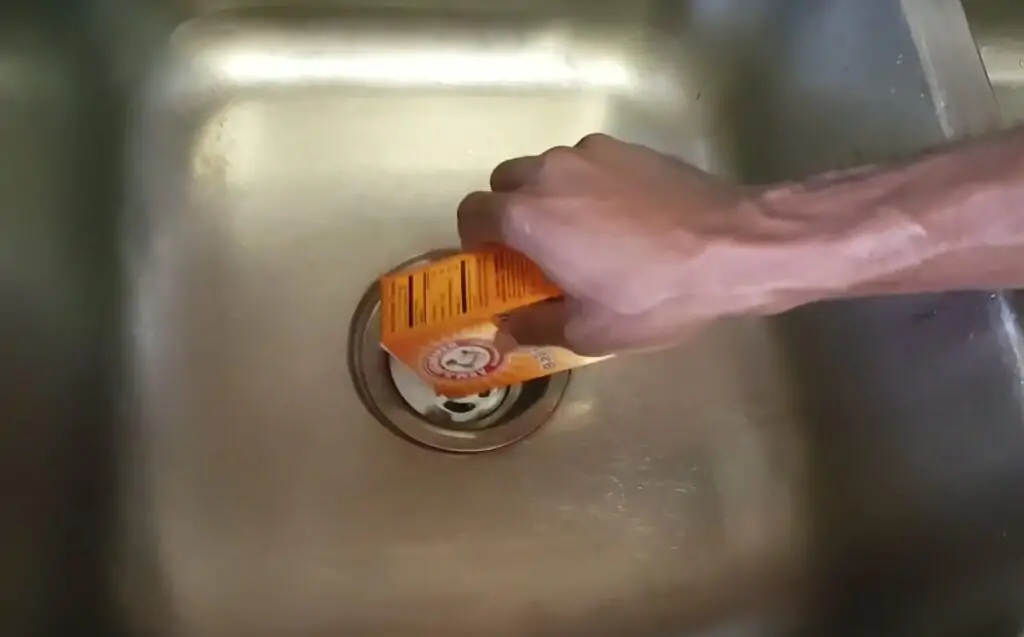
Did you ever wonder how to clean a drain with vinegar and baking soda and why people do it this way? Even small plumbing problems can cost you hundreds of dollars if you decide to hire a professional. And while you still need to seek help from a professional plumber for more complicated clogs, it is perfectly possible to save quite a substantial amount of cash by learning how to unclog a drain with vinegar and baking soda. Luckily, we are here to show you how to do it.
Why Would You Want to Clean Your Drain with This Method?
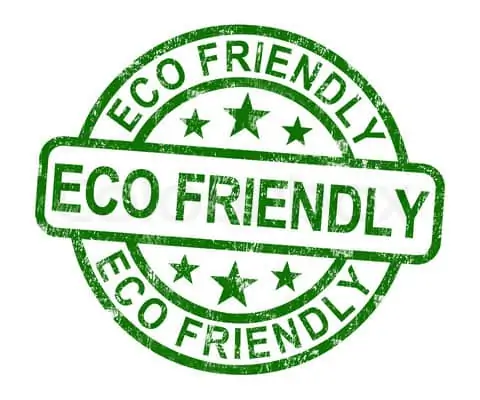
One of the best things about these two chemicals is that they are both eco-friendly products. Water can easily dilute both of these chemicals, so they won’t cause any damage to the ecosystem. What’s more, both chemicals are also inexpensive and easy to come by. The only downside is that they can’t deal with tougher clogs which means you will either have to buy more aggressive chemicals or resort to hiring a professional.
How Does It Work?
Mixing vinegar and baking soda is one of the first experiments you do in your science class. You make a small volcano and fill it with baking soda and a red dye, then you add vinegar to make an eruption of bubbles and foam. Even though this looks like a silly trick you did when you were a kid, it is still a valuable lesson in chemistry.
Baking soda, scientifically called sodium bicarbonate, serves as a base in the mixture. Vinegar is made up of diluted acetic acid that acts as the acidic part of the mixture. When you combine these two chemicals, two reactions happen.
First, the hydrogen atoms in the vinegar react with the sodium to create two new chemicals, carbonic acid, and sodium acetate. That reaction is formally known as an acid-base reaction.
The second chemical reaction takes place almost instantaneously after the first one. The newly formed carbonic acid starts decomposing the liquid and makes a new chemical, carbon dioxide. Rapidly forming carbon dioxide makes the mixture fizzle and bubble, just like it happens in soda and seltzer water, but at a much more intense level.
Now that you know how it works, let’s see how you should clean your drain, step-by-step.
How to Clean a Drain Using Baking Soda and Vinegar
Before you start, you need to get all the necessary equipment and materials. As for materials, other than baking powder and white vinegar, you will need dishwashing liquid, salt, and some hot water. A metal pot and a funnel will be all the tools you will require.
1. Heat the Water
Start by heating the water until it’s boiling. You can do this on a stovetop with a tea kettle or in a measuring cup in a microwave.
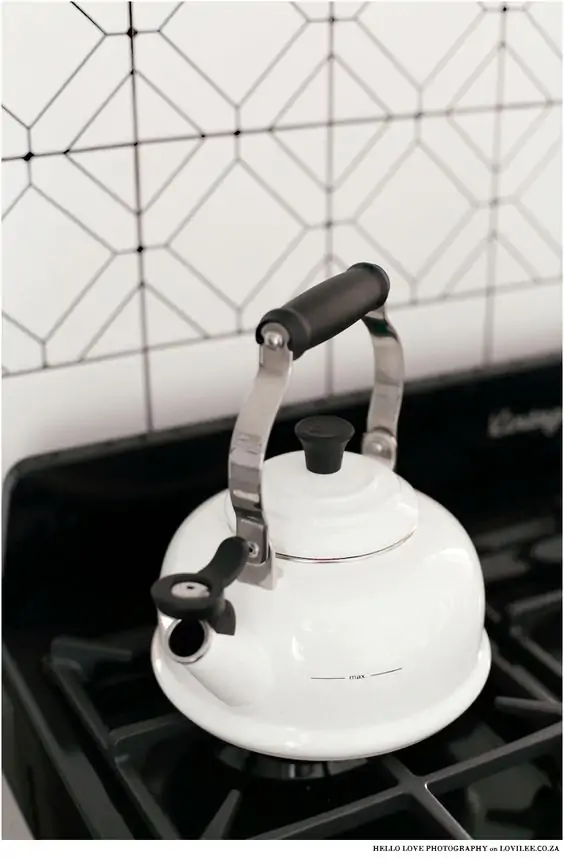
2. Pour the Dishwashing Liquid and Flush it With Boiling Water
Pour in a few drops of soap into the drain, then slowly and carefully add the boiling water. This will help loosen up stubborn greasy clogs.
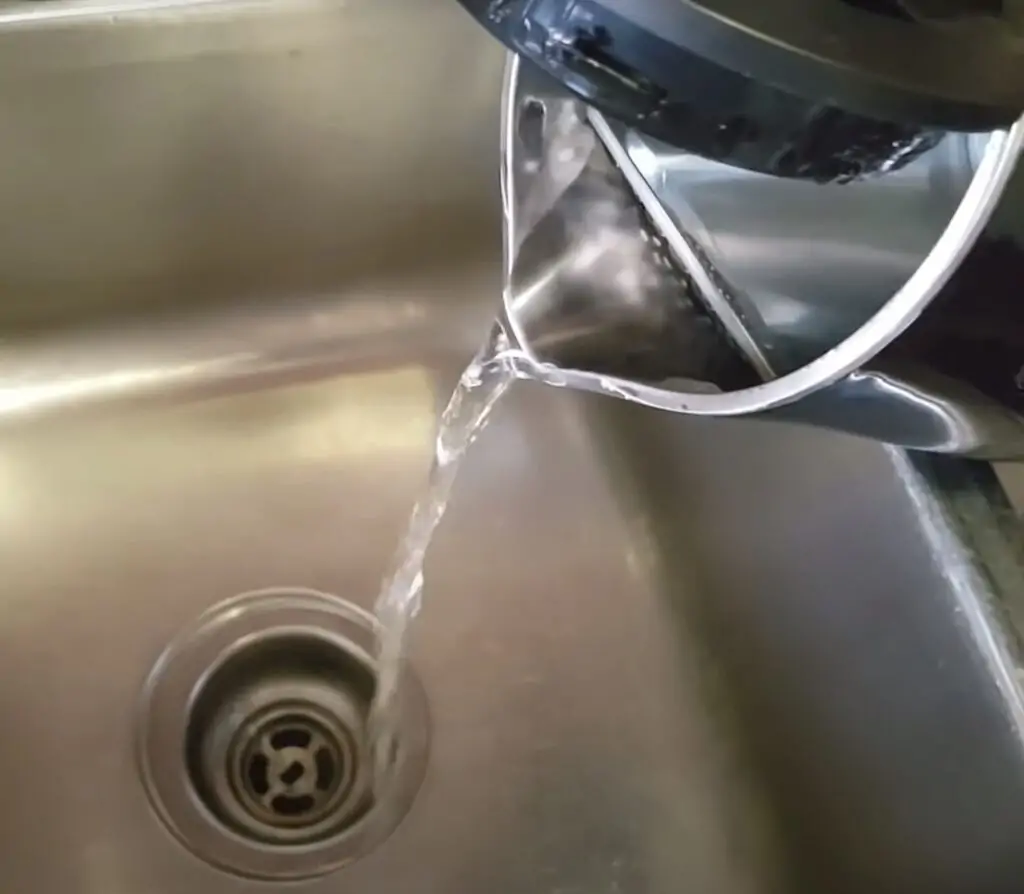
3. Pour Baking Soda
Measure one cup of baking powder and pour it into the drain. If you are having trouble pouring it down the drain, try using a funnel.

4. Add the Vinegar
Now it’s time to pour 250 ml (about 8.5 fl oz) of distilled white vinegar into the drain. If you hear a fizzing sound, that’s a sign that the reaction has started. You might even see some bubbles coming out of the drain opening – a truly astonishing sight!
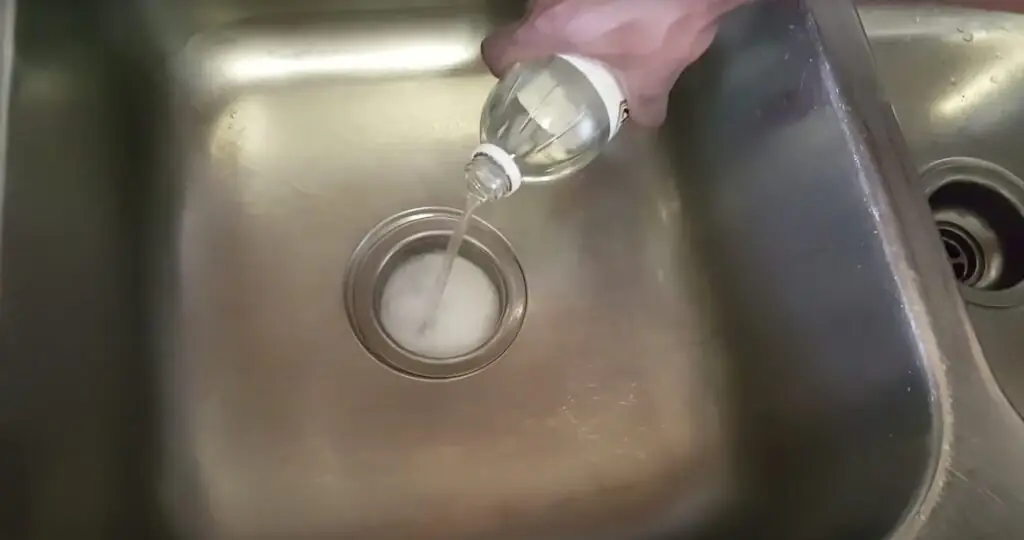
5. Remove the Bubbles
After the fizzling has calmed down, wait for five minutes. While you are waiting, heat up two more cups of hot water. Flush the sink after five minutes have passed
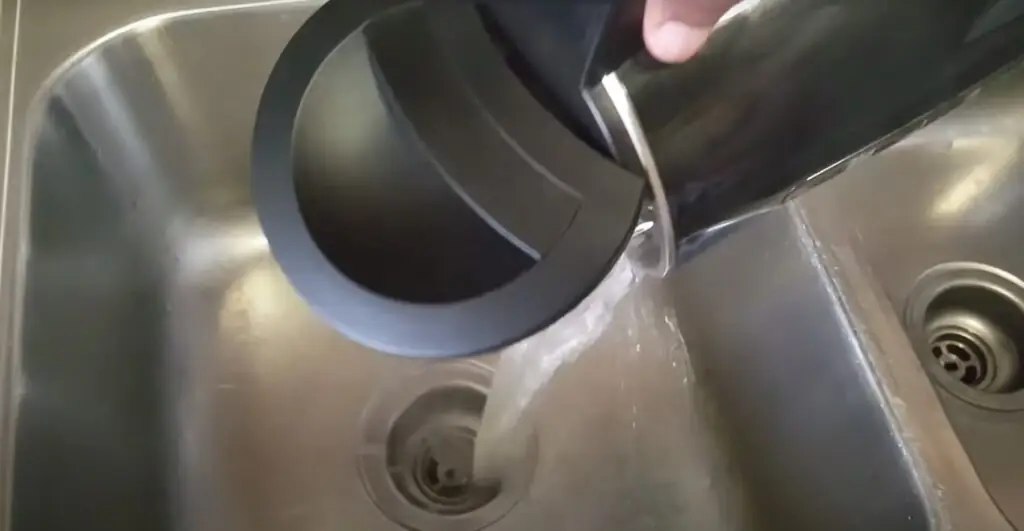
6. Repeat the process
Run tap water to clear all debris down the drain. Even if the water is flowing perfectly, you need to repeat the whole process at least one more time. If the clog fails to clear after two or three consecutive attempts, try the method below.
Salt and Baking Soda Method
If you cannot clean your pipes using baking soda and vinegar, try using this method before resorting to using strong chemicals and hiring a professional. It’s very similar to the first one and requires even less work.
Salt and baking soda work best if you use them before going to bed since you won’t be able to use your kitchen sink for several hours. First measure one cup of baking soda and pour it in, then add ½ cup of table salt, and don’t turn on the faucet for several hours (overnight is, therefore, ideal). Flush it with two cups of boiling water in the morning. After that, let the tap water run for a few minutes. If the drain is still clogged, try using stronger chemicals or seek professional help.
Other Uses for Vinegar and Baking Soda
This mixture can do a lot more than just unclogging your drain. The chemical reaction between these two chemicals can be used for various other purposes.
How to Clean a Sink With Vinegar And Baking Soda?
If you want to whiten your sink, you can make the mixture of two chemicals (one cup each) in a separate bowl and rub it all across the sink. It will remove stains on your sink and make it shinier.
How to Clean a Dishwasher
Cleaning a dishwasher may seem like a waste of time, but routine cleaning can extend the lifetime of your dishwasher by several years and keep it running at maximum efficiency for a longer time. Here is how to do it:
- Remove any food remnants from the bottom of the dishwasher.
- Pour a cup of vinegar on the sides and racks of the dishwasher.
- Spread two cups of baking powder all over the bottom of the dishwasher and start another hot water cycle.
You can keep your dishwasher clean all year round if you do this every month, or at least bimonthly.
How to Clean and Maintain a Garbage Disposal
Cleaning the garbage disposal is similar to other routine chores, like taking out the trash or getting supplies for the house. It is necessary if you want this kitchen appliance to keep running efficiently and smoothly.
The process of cleaning is basically the same as cleaning the drain, but there are a few additional steps at the end. Pour in a few racks of ice cubes and ½ cup of salt, and run the cold water. When you see that salt and ice are thoroughly mixed up, turn on the garbage disposal and wait for all the mixture to disappear. This should loosen the food debris. Then, slice up any citrus fruit (with the peel still on) and drop it into the disposal with the faucet still on. This will make your device smell good.
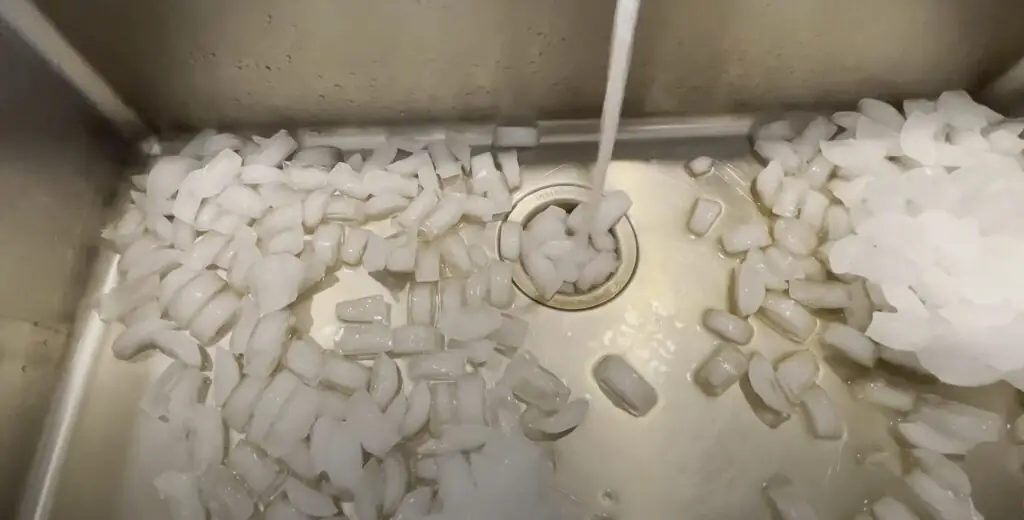
Image Source: Apartment Maintenance Pro @ Youtube
To prevent future clogs in the garbage disposal, try not to get rid of these foods through the device:
- Stringy Vegetables
- Starchy Foods
- Cooking Oils
- Egg Shells
- Coffee Grinds
FAQ
You can clean your sink once a week using nothing but dishwashing liquid. Drizzle a few drops of it into the sink and flush it with hot water. If the water starts draining slower than usual, use the baking powder and vinegar method instead. Most times doing it once a month is enough.
If you notice the water is draining slower and food debris keeps coming out the drain, this means that the pipes of your sink or shower are clogged.
Yes, they are safe in most cases. Just make sure there is no residue of bleach or any other strong chemical in your sink or bathtub. When you mix vinegar with bleach you get chlorine gas, a very toxic substance that can be lethal if you inhale even a small amount of it. So, if you have recently used a drain cleaner with some aggressive chemicals in it, make sure you have thoroughly cleaned your sink or bathtub.
Hopefully, now you know how to clean your drain with vinegar and baking soda. Make sure you follow each step carefully and understand how everything works. Good luck with your DIY and may a clogged drain never disturb you. See you soon!